Home>Home Appliances>Laundry Appliances>Why Is My Samsung Washing Machine Not Turning On
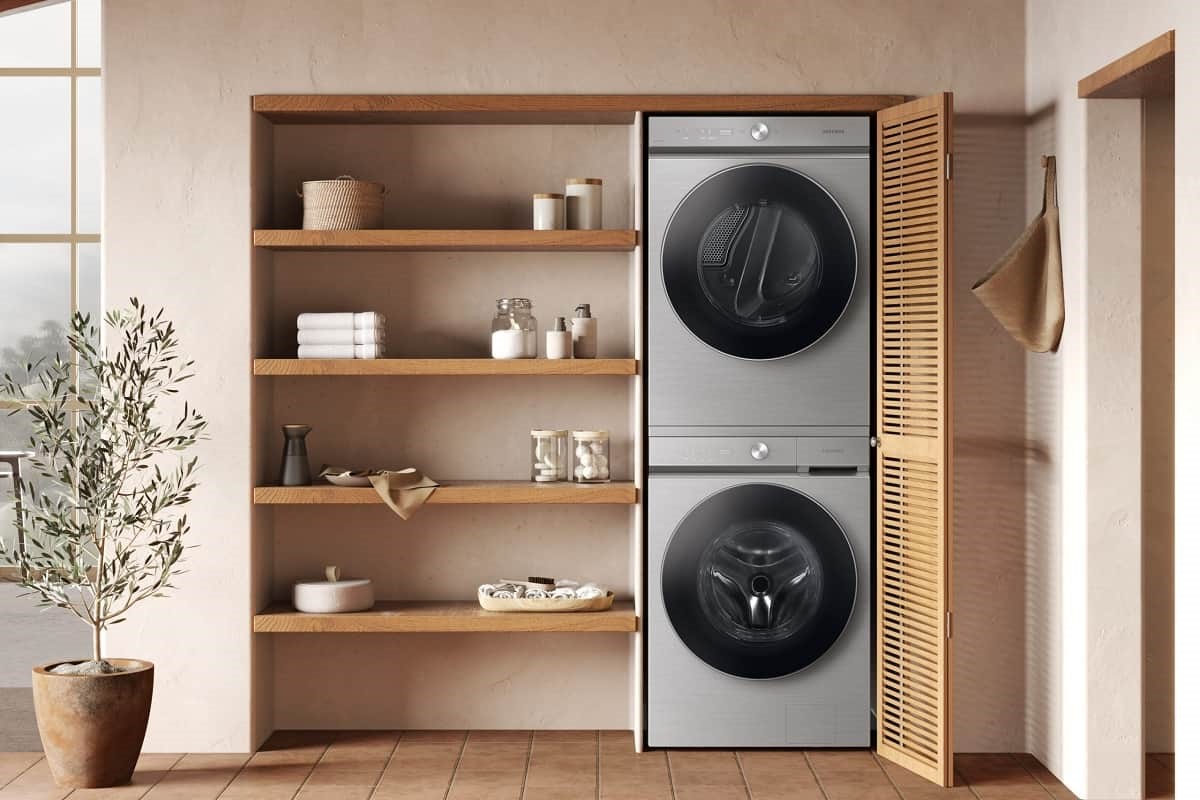

Laundry Appliances
Why Is My Samsung Washing Machine Not Turning On
Modified: March 2, 2024
Discover common reasons why your Samsung washing machine won't turn on and learn how to troubleshoot the issue. Get expert tips for fixing laundry appliances.
(Many of the links in this article redirect to a specific reviewed product. Your purchase of these products through affiliate links helps to generate commission for Storables.com, at no extra cost. Learn more)
Common Power Issues
When your Samsung washing machine refuses to turn on, it can be an incredibly frustrating experience. However, before delving into more complex issues, it's essential to address the common power-related problems that could be causing this inconvenience.
Read more: Why Is My Samsung Washer Not Spinning
1. Power Supply
The first step in troubleshooting a non-responsive washing machine is to ensure that it is receiving an adequate power supply. Start by checking if the power cord is properly plugged into the electrical outlet. Sometimes, the cord may become loose due to constant movement or accidental tugging. If the connection seems secure, verify that the outlet itself is functioning by plugging in another device. This simple test can help determine if the problem lies with the washing machine or the power source.
2. Circuit Breaker
Another potential culprit for a non-starting washing machine is a tripped circuit breaker. If the machine suddenly stopped working mid-cycle, it could have caused a surge that tripped the breaker. Locate your home's circuit breaker panel and check if the switch connected to the washing machine's outlet has been tripped. If so, reset the breaker and attempt to power on the machine again.
3. Power Surge
Power surges can wreak havoc on electronic appliances, including washing machines. If your area recently experienced a power surge due to a storm or electrical issue, it could have affected the internal components of the washing machine. In such cases, it's advisable to unplug the machine for a few minutes and then attempt to restart it. This simple action can sometimes reset the internal systems and resolve the issue.
4. Voltage Fluctuations
Fluctuations in voltage can also impact the functionality of your washing machine. If the voltage supplied to the machine is too high or too low, it may refuse to turn on as a protective measure. Consider using a voltage regulator or stabilizer to ensure that the machine receives a consistent and safe level of power.
By addressing these common power-related issues, you can potentially resolve the problem of your Samsung washing machine not turning on. If the issue persists despite these troubleshooting steps, it may be indicative of a more complex internal malfunction that requires professional attention.
Key Takeaways:
- Don’t panic if your Samsung washing machine won’t turn on! Check power supply, circuit breaker, and voltage fluctuations first. Simple fixes can save the day!
- A malfunctioning motor or faulty control panel could be the culprit. Look for unusual noises and unresponsive buttons. Professional help may be needed for repairs.
Read more: Why Wont My Washer Turn On
Faulty Control Panel
A faulty control panel can be a significant factor contributing to the non-starting of your Samsung washing machine. The control panel serves as the command center for the appliance, allowing users to select wash cycles, adjust settings, and initiate the washing process. When this crucial component malfunctions, it can disrupt the entire operation of the machine.
One common issue associated with a faulty control panel is unresponsiveness. If you press the power button and nothing happens, or if the display remains blank despite the machine being connected to a power source, it could indicate a problem with the control panel. Additionally, buttons or knobs that fail to register input or respond erratically when pressed may also point to a control panel malfunction.
The control panel can be susceptible to damage from various sources, including moisture infiltration, physical impact, or electrical surges. Spills or leaks near the control panel area can seep into the internal circuitry, causing short circuits and rendering the panel inoperable. Similarly, physical damage from accidental impacts or excessive force can compromise the functionality of the control panel.
In some cases, a control panel malfunction may be accompanied by error codes or flashing lights on the display. These indicators can provide valuable insight into the specific nature of the problem, such as a communication error between the control panel and other internal components, a sensor malfunction, or a software glitch.
To address a faulty control panel, it is advisable to first attempt a reset of the washing machine. This can be done by unplugging the machine from the power source for a few minutes and then plugging it back in. If the control panel malfunction was caused by a temporary software glitch or electrical surge, this simple reset may restore its functionality.
If the issue persists, it may be necessary to inspect the control panel for visible signs of damage or corrosion. Carefully examine the buttons, display, and surrounding areas for any anomalies. If moisture or physical damage is evident, it may be prudent to seek professional assistance to assess and repair the control panel.
In some instances, a control panel malfunction may necessitate the replacement of the entire panel assembly. This can be a more involved and costly repair, but it is essential for restoring the full functionality of the washing machine. Professional technicians have the expertise to diagnose control panel issues accurately and recommend the most effective course of action to rectify the problem.
By addressing a faulty control panel promptly and seeking professional assistance when needed, you can ensure that your Samsung washing machine operates reliably and efficiently, allowing you to tackle your laundry tasks with confidence and convenience.
Door Locking Mechanism Problems
The door locking mechanism of a washing machine plays a crucial role in ensuring safe and effective operation during the laundry cycles. When encountering issues with the door locking mechanism of your Samsung washing machine, it can lead to frustrating disruptions in the laundry routine. Understanding the potential problems associated with the door locking mechanism and how to address them is essential for maintaining the optimal functionality of the appliance.
One common problem related to the door locking mechanism is the failure of the door to securely latch and engage the lock. When initiating a wash cycle, the machine's internal safety systems require the door to be firmly closed and locked before the cycle can commence. If the door fails to lock properly, the machine may not start, or it could stop mid-cycle, resulting in inconvenience and potential water leakage.
Another issue that may arise is the inability to open the door after the completion of a wash cycle. The door locking mechanism is designed to remain secured during operation to prevent accidental opening and ensure user safety. However, once the cycle is complete, the door should unlock to allow for the retrieval of the freshly washed laundry. If the door remains locked after the cycle ends, it can be indicative of a malfunction in the locking mechanism.
In some instances, a malfunctioning door locking mechanism may trigger error codes or warning lights on the machine's display. These indicators serve as valuable signals of internal issues, alerting users to potential problems with the door lock that require attention.
To address door locking mechanism problems, it is advisable to first inspect the door and its surrounding components for any visible obstructions or damage. Foreign objects lodged in the door seal or latch can impede proper closure and locking. Additionally, accumulated debris or detergent residue in the locking mechanism can hinder its operation, requiring thorough cleaning to restore functionality.
If visual inspection and cleaning do not resolve the issue, it may be necessary to assess the door lock assembly and its electronic components. The door lock may be equipped with sensors, solenoids, or wiring that can experience wear, corrosion, or electrical faults over time. Professional technicians have the expertise to diagnose and repair these intricate components, ensuring that the door locking mechanism operates reliably.
In cases where the door locking mechanism requires replacement, seeking professional assistance is crucial to ensure the correct installation and calibration of the new components. Proper alignment and calibration of the door lock are essential for seamless integration with the washing machine's control systems.
By addressing door locking mechanism problems promptly and seeking professional assistance when needed, you can maintain the optimal functionality of your Samsung washing machine, allowing for uninterrupted laundry routines and peace of mind.
Overloaded Machine
An overloaded washing machine can lead to a myriad of issues, ranging from subpar cleaning results to mechanical strain and potential damage. When the laundry load exceeds the recommended capacity for the washing machine, it can impede the appliance's ability to perform effectively and efficiently. Understanding the implications of overloading and implementing strategies to prevent this common pitfall is essential for maintaining the optimal functionality of your Samsung washing machine.
When the laundry drum is overloaded, the garments within the load may not have sufficient space to move freely during the wash cycle. This restricted movement can hinder the distribution of water, detergent, and fabric softener, resulting in uneven cleaning and rinsing. As a consequence, some items may emerge from the wash with lingering stains or detergent residue, compromising the overall cleanliness of the laundry.
Moreover, the mechanical components of the washing machine, including the motor, drum bearings, and suspension system, can experience excessive strain when tasked with managing an overloaded load. The additional weight and imbalance caused by an excessive laundry load can lead to increased wear and tear on these vital components, potentially shortening their lifespan and necessitating premature repairs or replacements.
In addition to compromised cleaning performance and mechanical strain, overloading the washing machine can contribute to imbalanced spinning cycles. When the laundry load is too heavy or unevenly distributed within the drum, the spinning cycle may result in excessive vibration, loud noises, and potential movement of the appliance. These symptoms not only disrupt the laundry process but can also pose safety hazards and contribute to accelerated wear on the machine's internal mechanisms.
To prevent the negative consequences of overloading, it is crucial to adhere to the recommended laundry capacity specified for your Samsung washing machine. This information can typically be found in the appliance's user manual or on the manufacturer's official website. By following these guidelines, you can ensure that the machine operates within its designed parameters, delivering optimal cleaning results while minimizing the risk of mechanical strain and damage.
Furthermore, practicing proper load distribution within the drum can help mitigate the effects of overloading. Separating heavy items from lighter ones and evenly distributing the laundry within the drum can promote balanced operation during the wash and spin cycles. This approach not only enhances cleaning performance but also reduces the strain on the machine's internal components, contributing to its longevity and reliability.
By understanding the implications of overloading and implementing proactive measures to prevent this common issue, you can safeguard the performance and durability of your Samsung washing machine. Adhering to recommended laundry capacities and practicing thoughtful load distribution can contribute to consistently satisfying laundry results and prolonged appliance functionality.
Malfunctioning Motor
A malfunctioning motor in a washing machine can disrupt its fundamental functionality, leading to a range of operational issues and potential breakdowns. The motor serves as the powerhouse of the appliance, driving the rotation of the drum during wash and spin cycles. When confronted with motor-related problems in your Samsung washing machine, understanding the underlying causes and implementing appropriate measures is crucial for restoring its optimal performance.
One of the primary indicators of a malfunctioning motor is unusual noises during operation. If the motor emits grinding, screeching, or excessively loud sounds, it may signify internal mechanical issues or component wear. Additionally, a malfunctioning motor can result in erratic drum movements, such as sudden stops, uneven spinning, or failure to initiate the wash cycle. These irregularities can disrupt the laundry process and compromise the cleanliness of the garments.
Several factors can contribute to motor malfunctions, including prolonged usage, overloading, and electrical irregularities. Continuous operation of the washing machine over extended periods can lead to wear and tear on the motor's internal components, potentially resulting in diminished performance and eventual failure. Overloading the machine with excessive laundry loads can impose excessive strain on the motor, accelerating its wear and compromising its operational efficiency. Furthermore, voltage fluctuations and electrical surges can impact the motor's functionality, leading to erratic behavior and potential damage.
To address a malfunctioning motor, it is advisable to first disconnect the washing machine from the power source and conduct a visual inspection of the motor assembly. Look for signs of overheating, unusual odors, or visible damage to the motor housing and wiring. Additionally, check the motor's connections and wiring harness for loose or damaged components that may impede its operation.
If visual inspection does not reveal the root cause of the motor malfunction, it may be necessary to engage the expertise of a professional technician. These specialists possess the knowledge and diagnostic tools to assess the motor's condition accurately and identify the specific issues affecting its performance. Depending on the severity of the problem, the technician may recommend motor repairs, component replacements, or recalibration to restore the motor to optimal functionality.
In cases where the motor requires replacement, it is essential to source genuine parts compatible with your Samsung washing machine model. Genuine replacement motors ensure compatibility and reliability, safeguarding the long-term performance of the appliance. Professional installation of the new motor is crucial to ensure proper alignment, electrical connections, and calibration, allowing for seamless integration with the washing machine's control systems.
By addressing a malfunctioning motor promptly and seeking professional assistance when needed, you can restore the optimal functionality of your Samsung washing machine, ensuring consistent and reliable performance for your laundry needs.
Frequently Asked Questions about Why Is My Samsung Washing Machine Not Turning On
Was this page helpful?
At Storables.com, we guarantee accurate and reliable information. Our content, validated by Expert Board Contributors, is crafted following stringent Editorial Policies. We're committed to providing you with well-researched, expert-backed insights for all your informational needs.
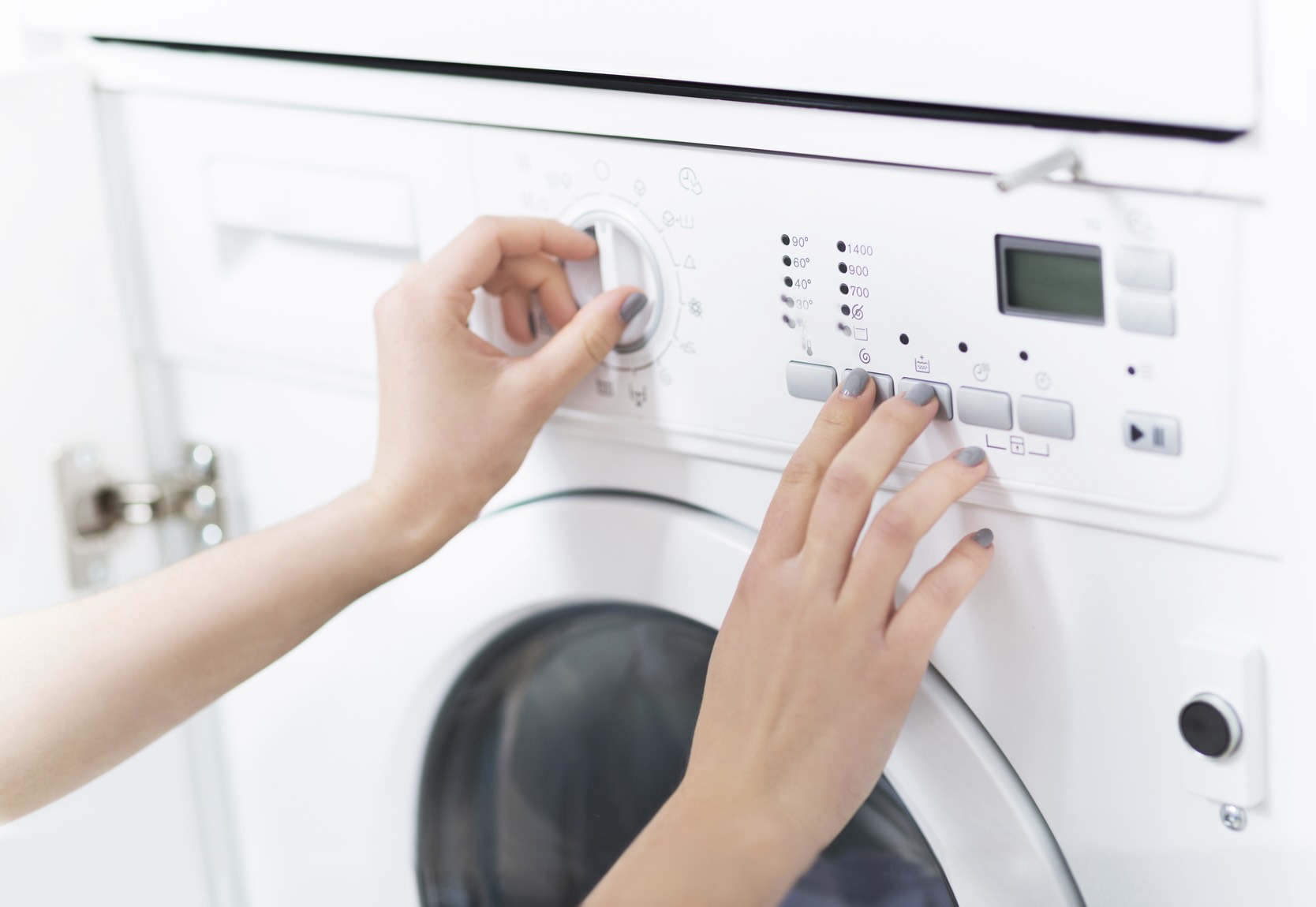
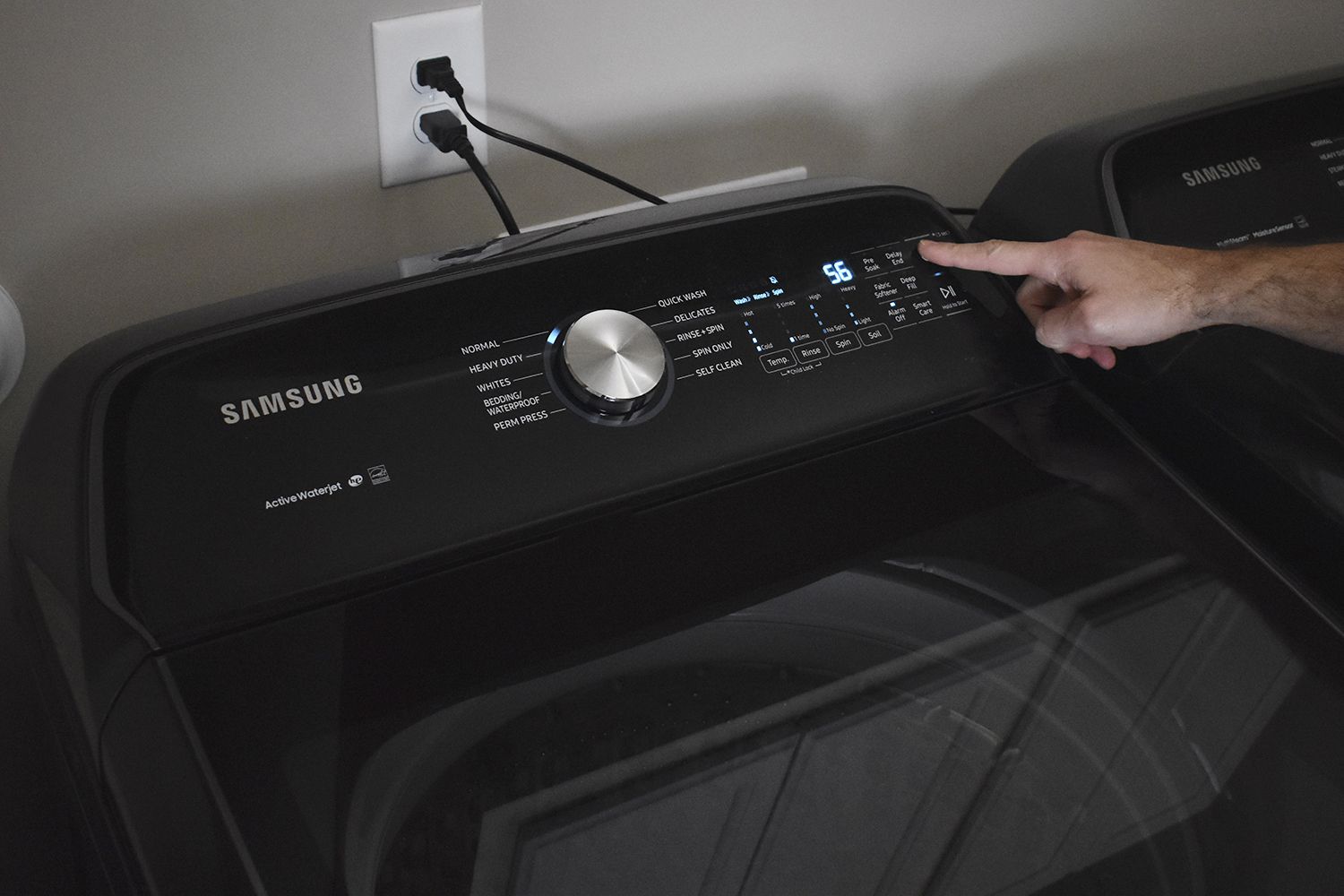
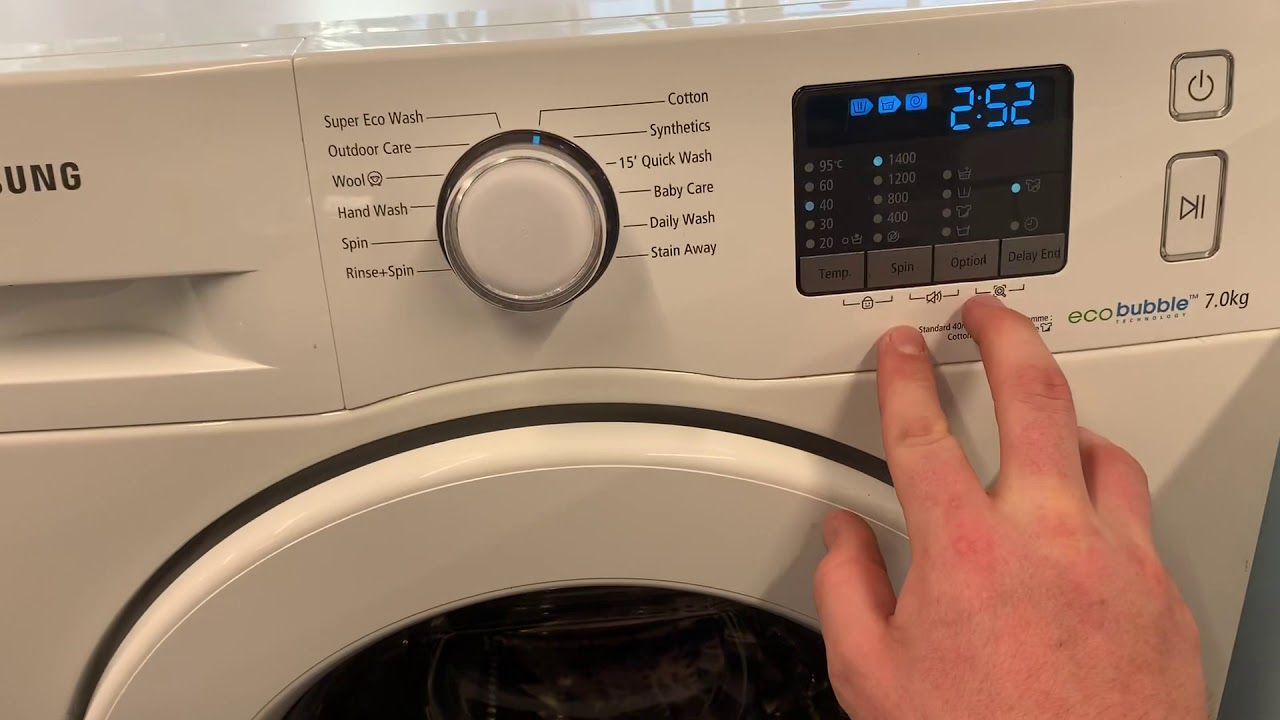
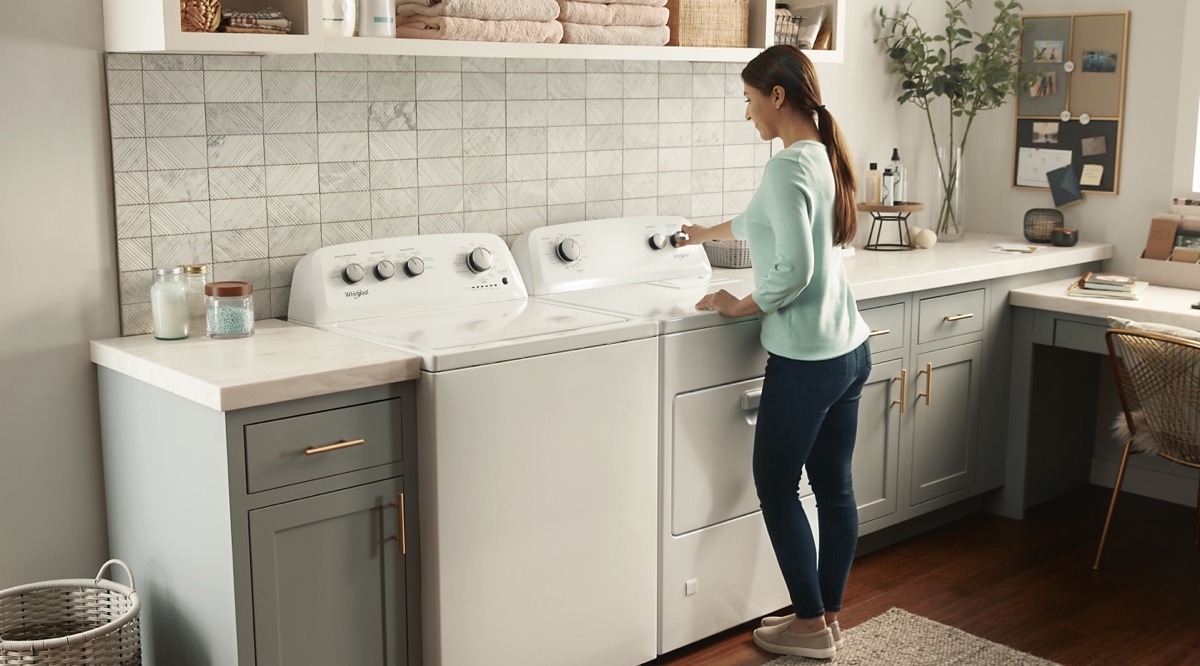
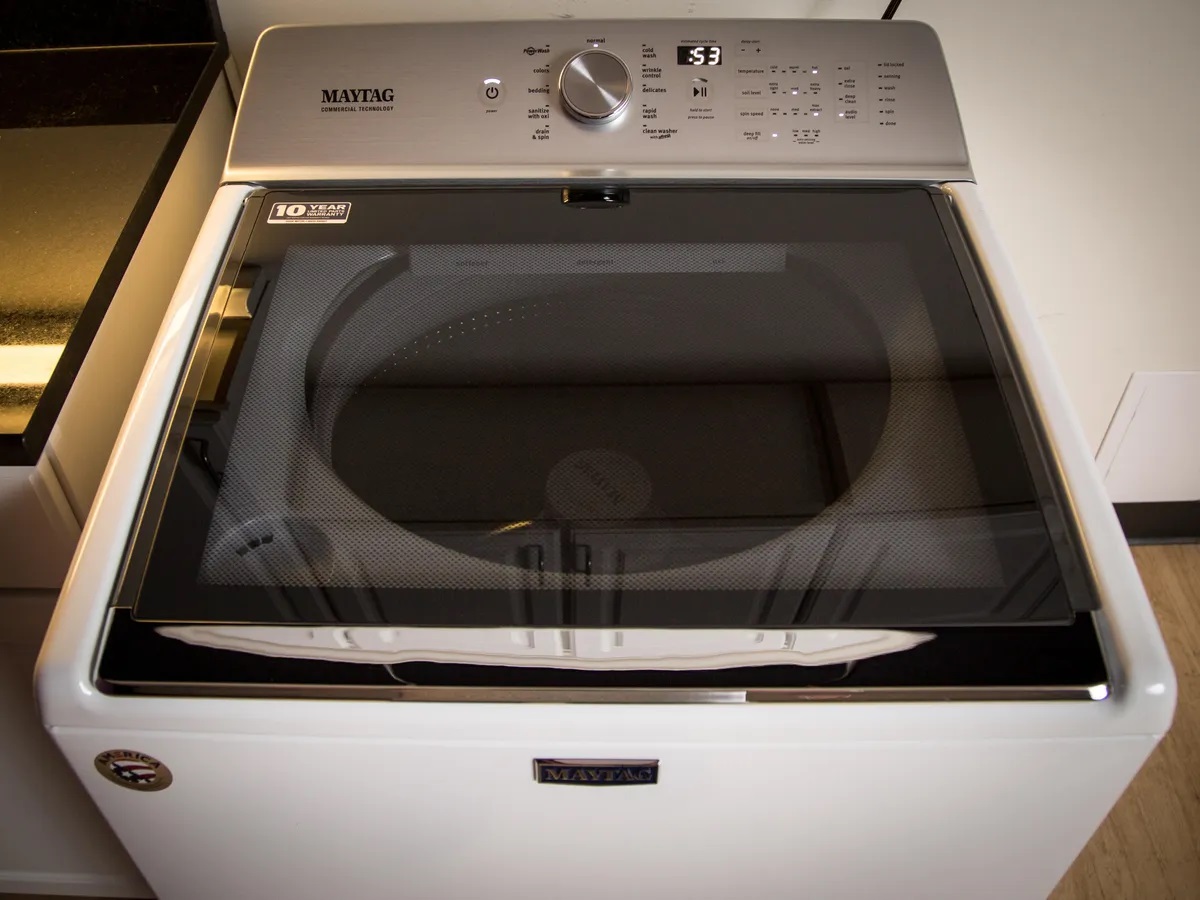
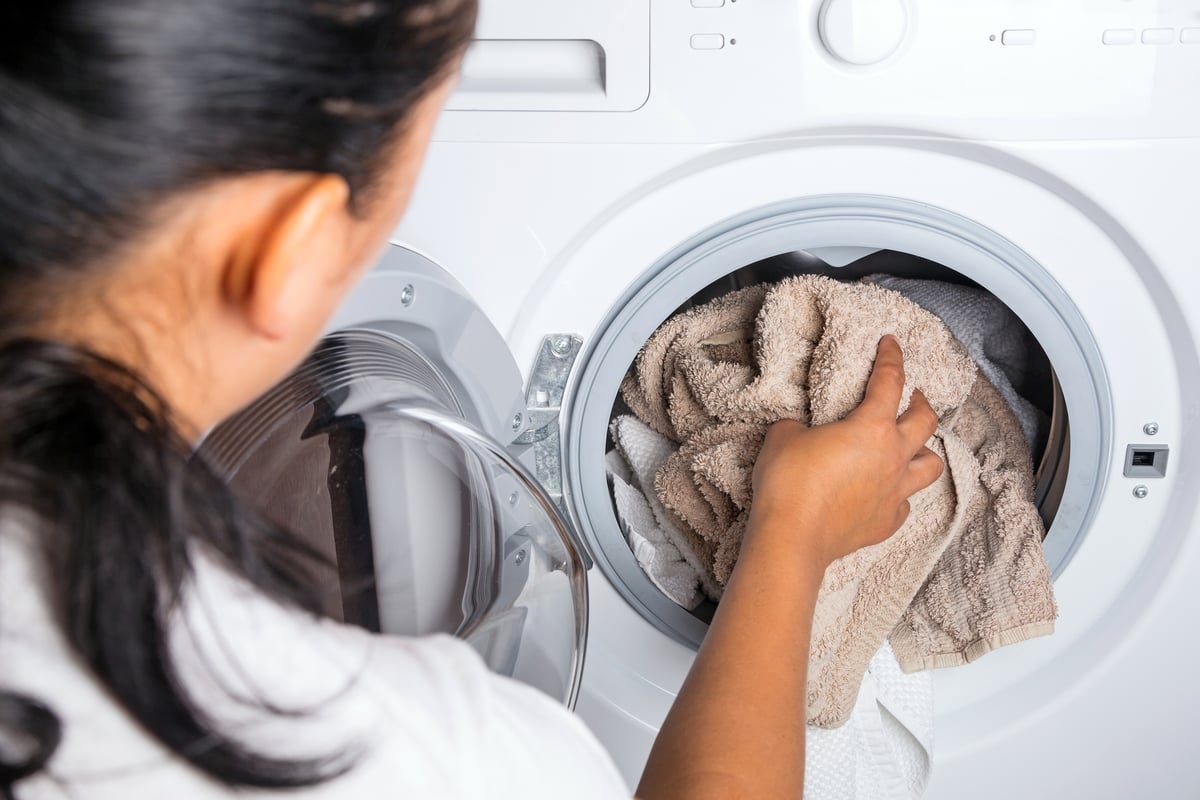
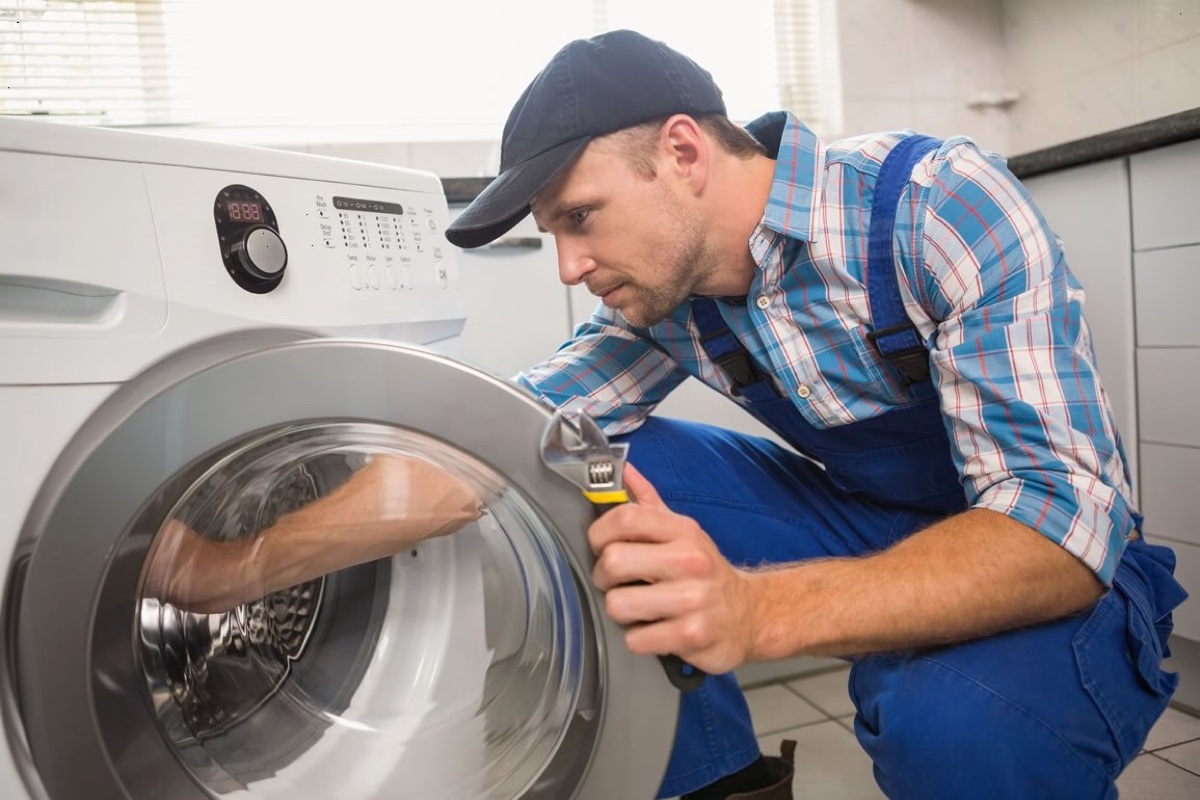
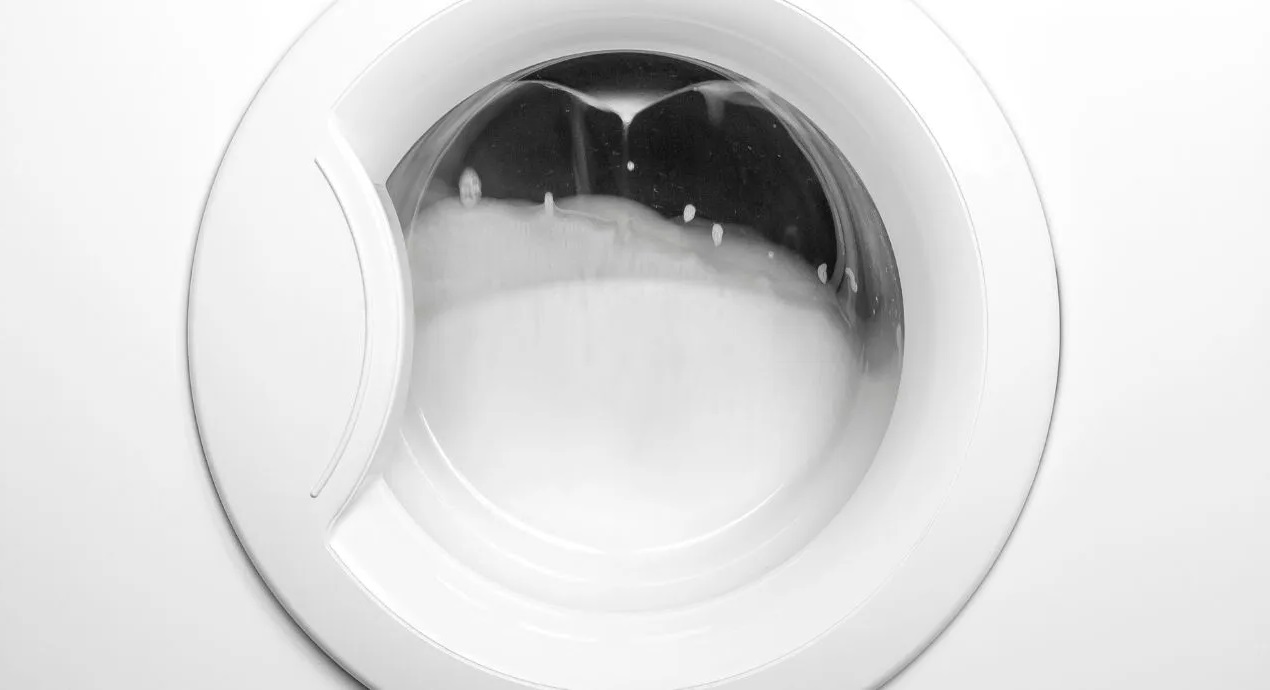
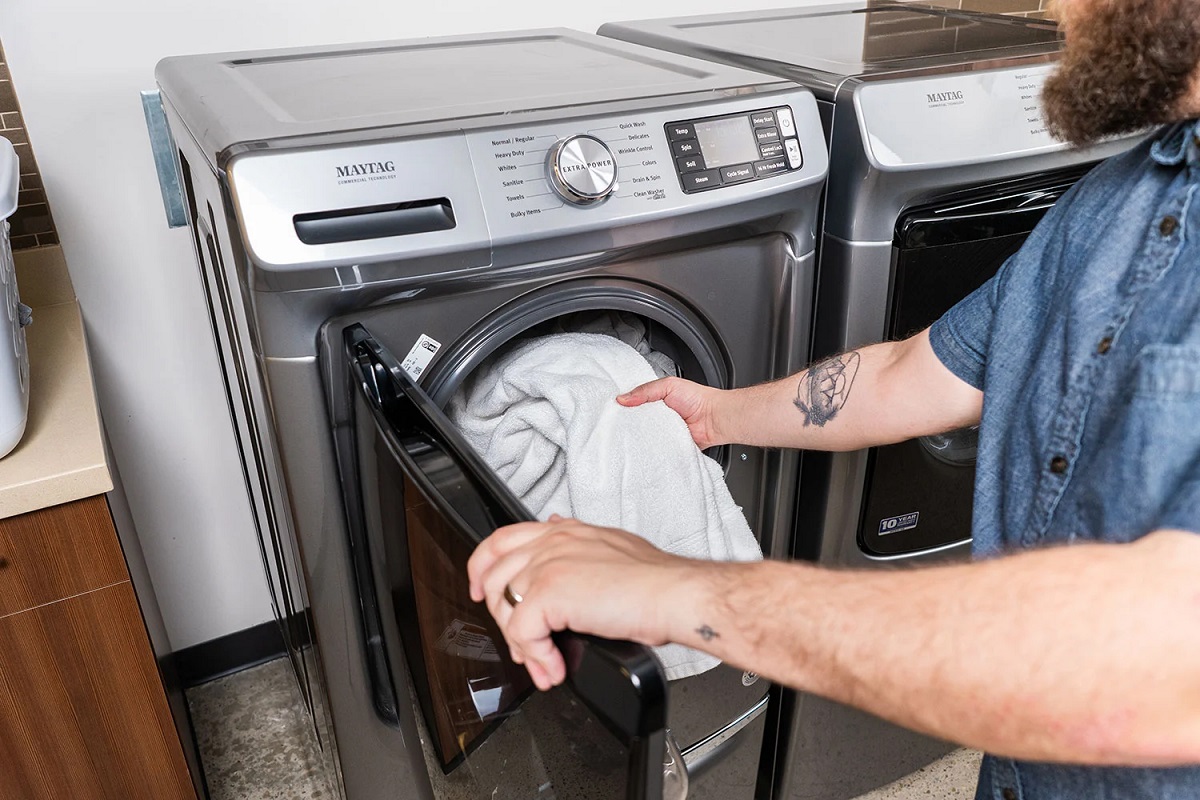
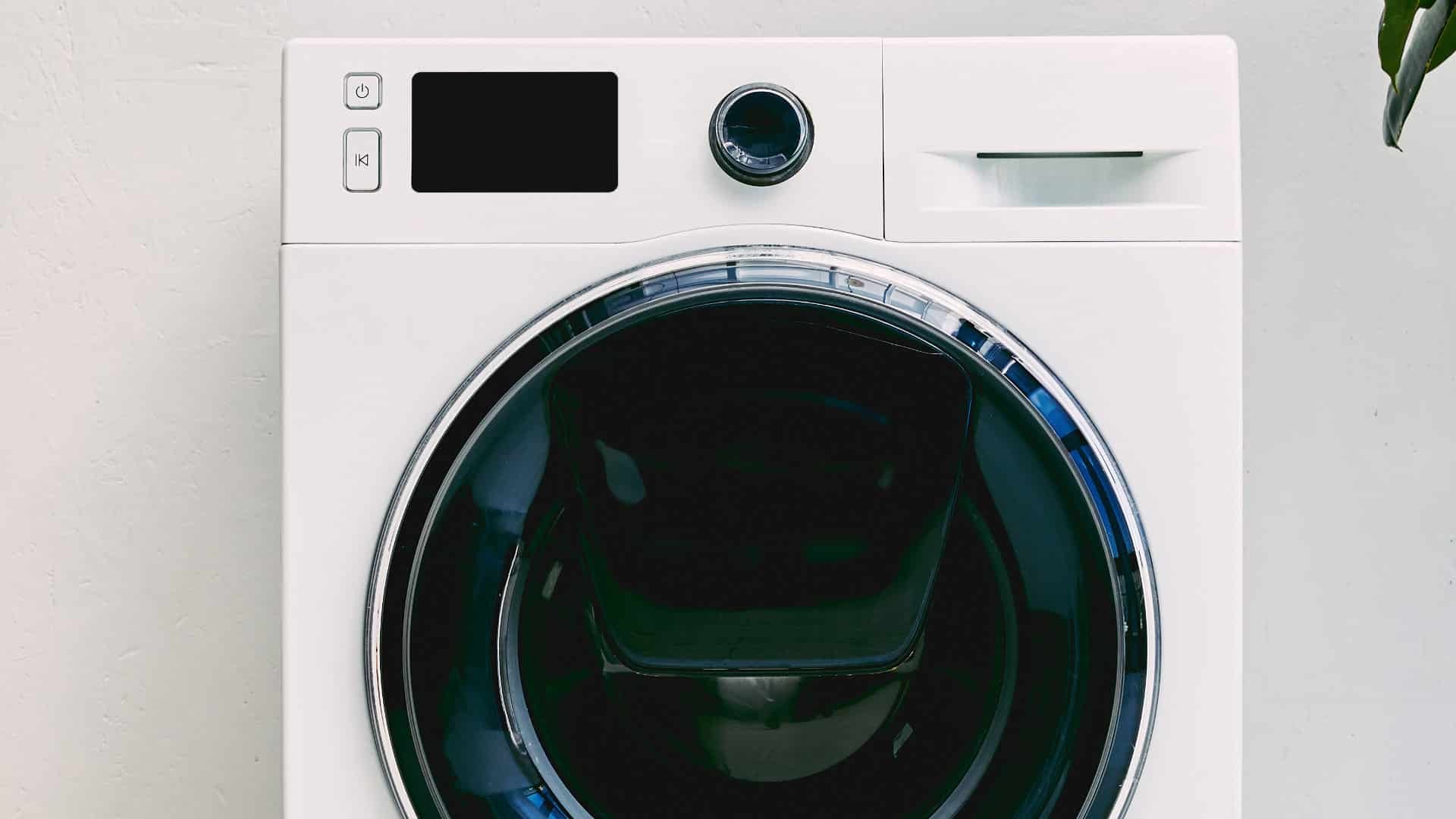
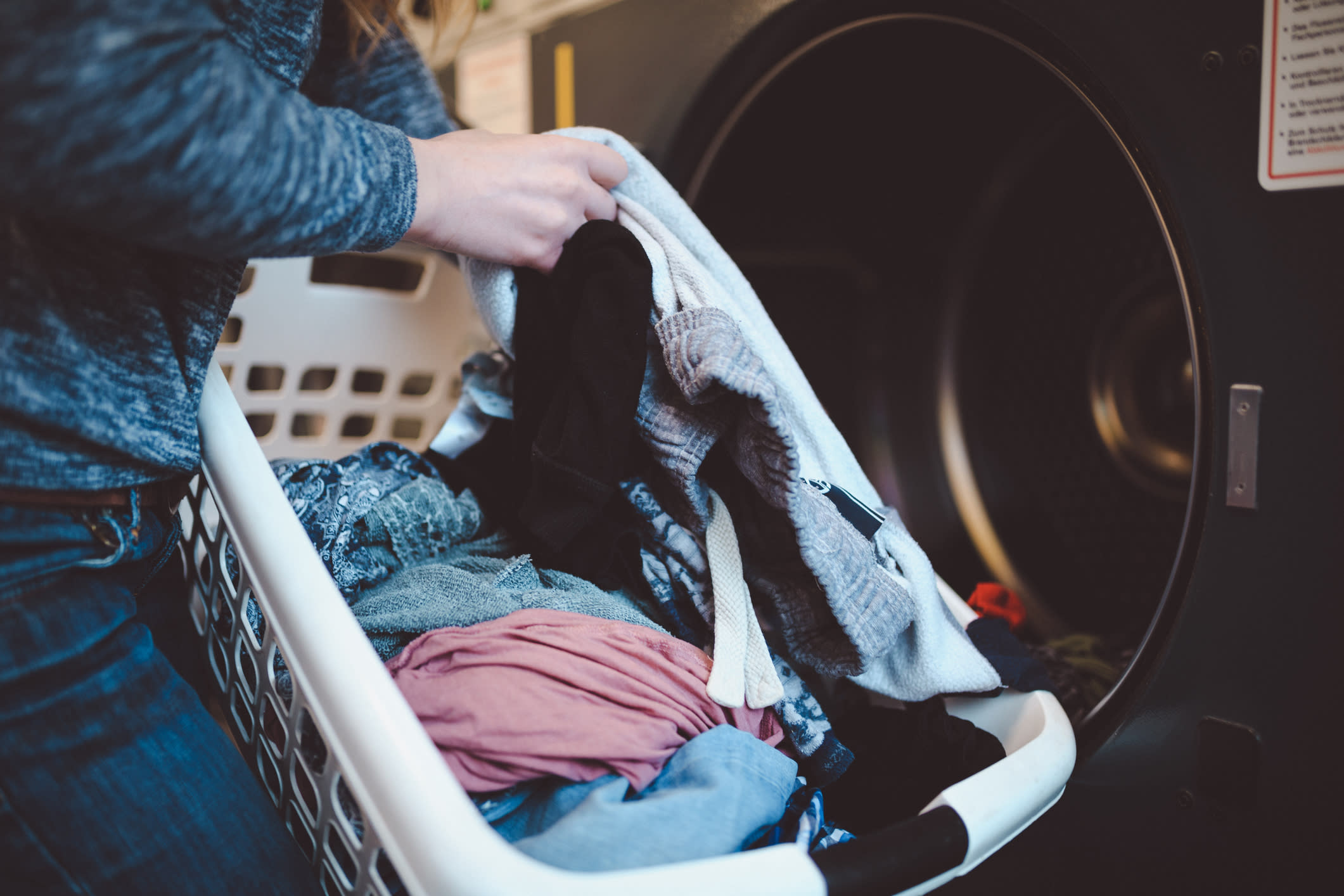
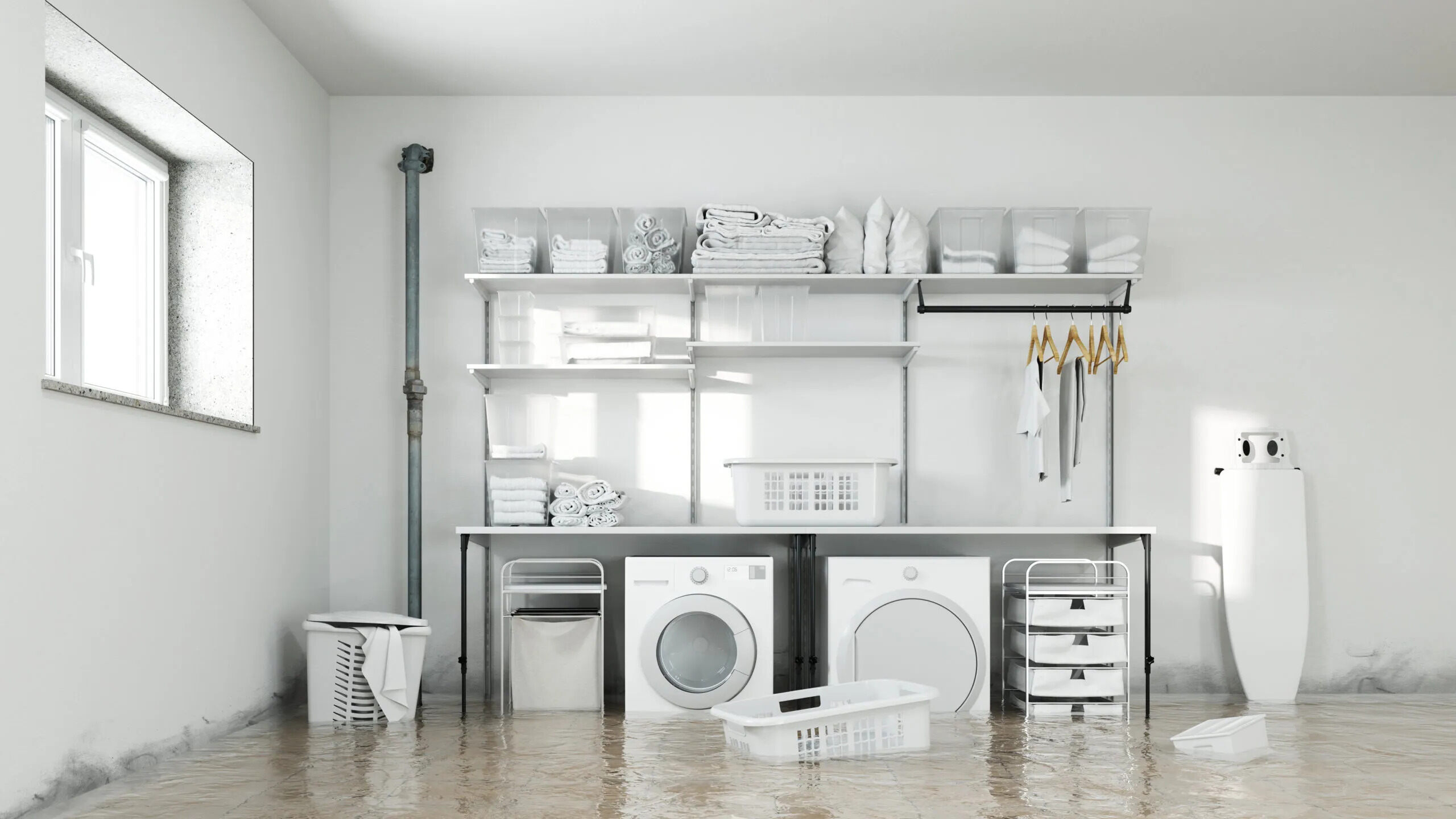
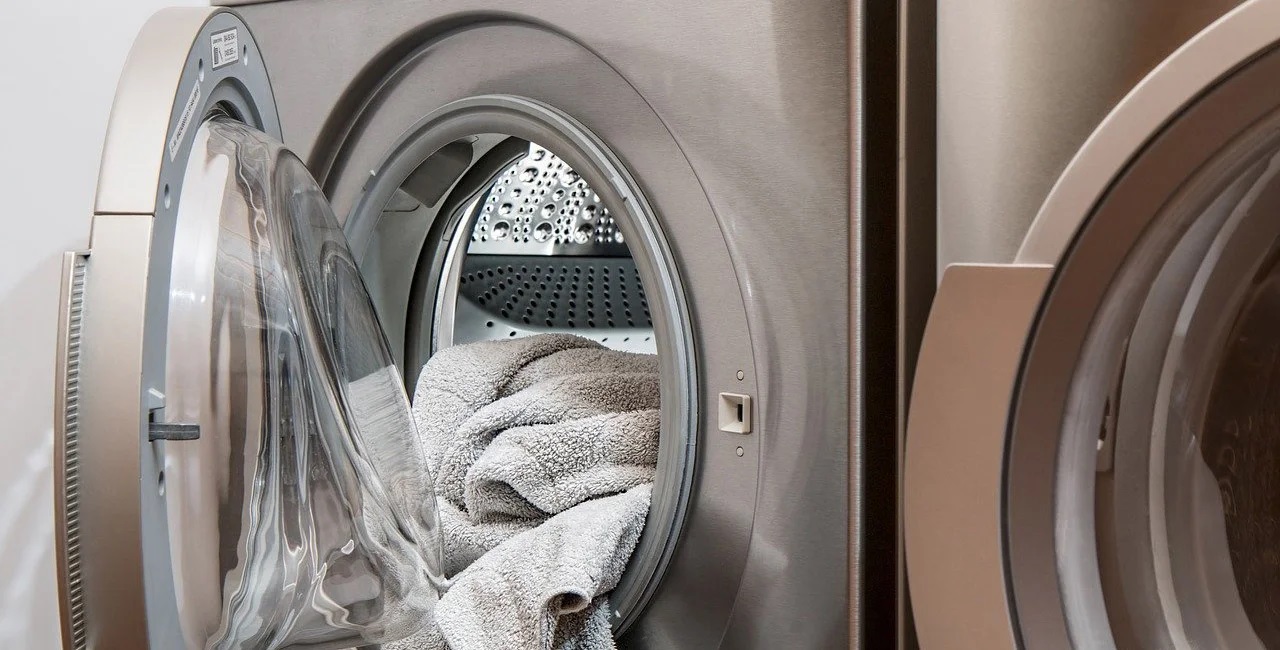
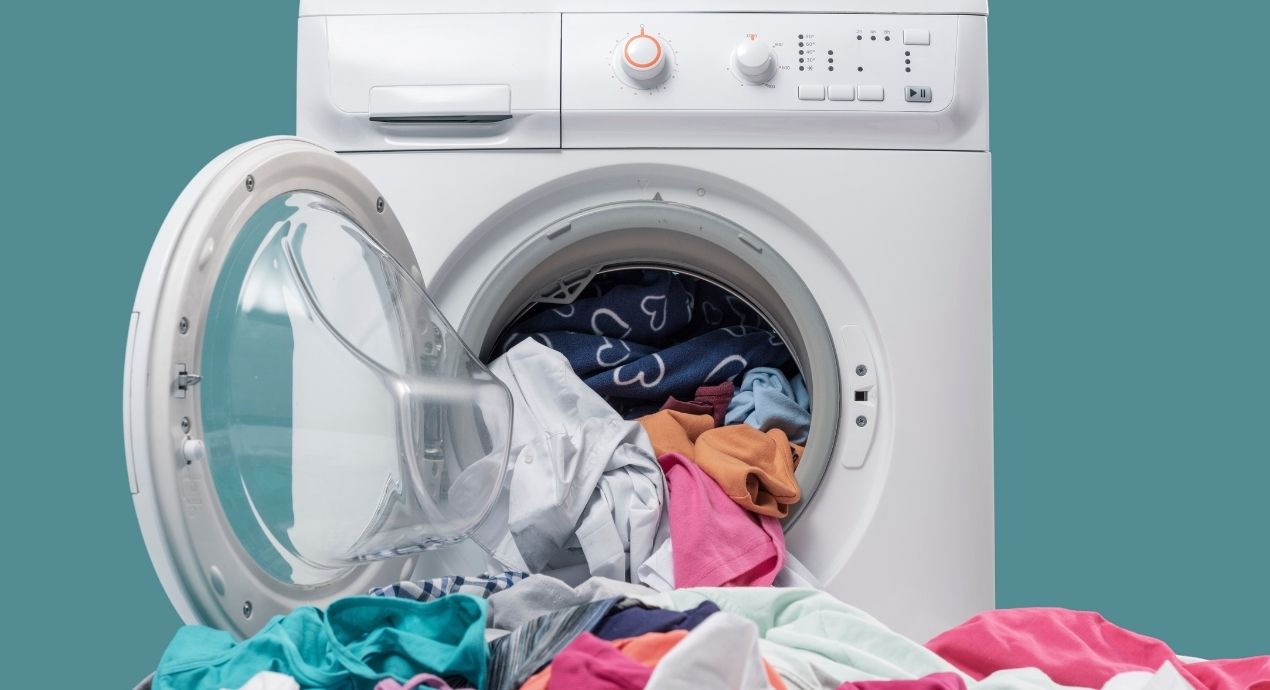

0 thoughts on “Why Is My Samsung Washing Machine Not Turning On”